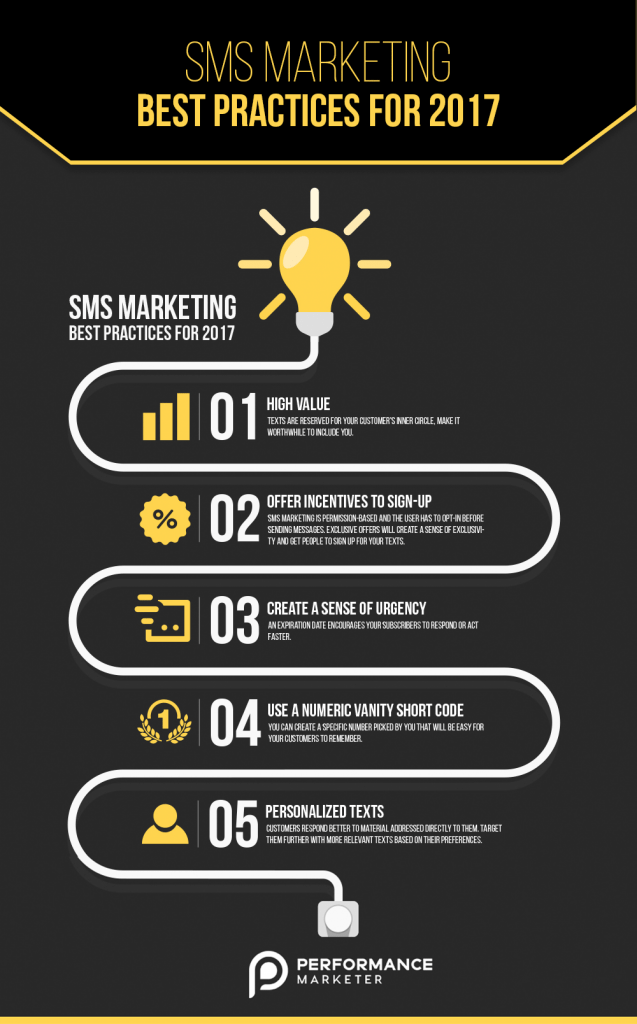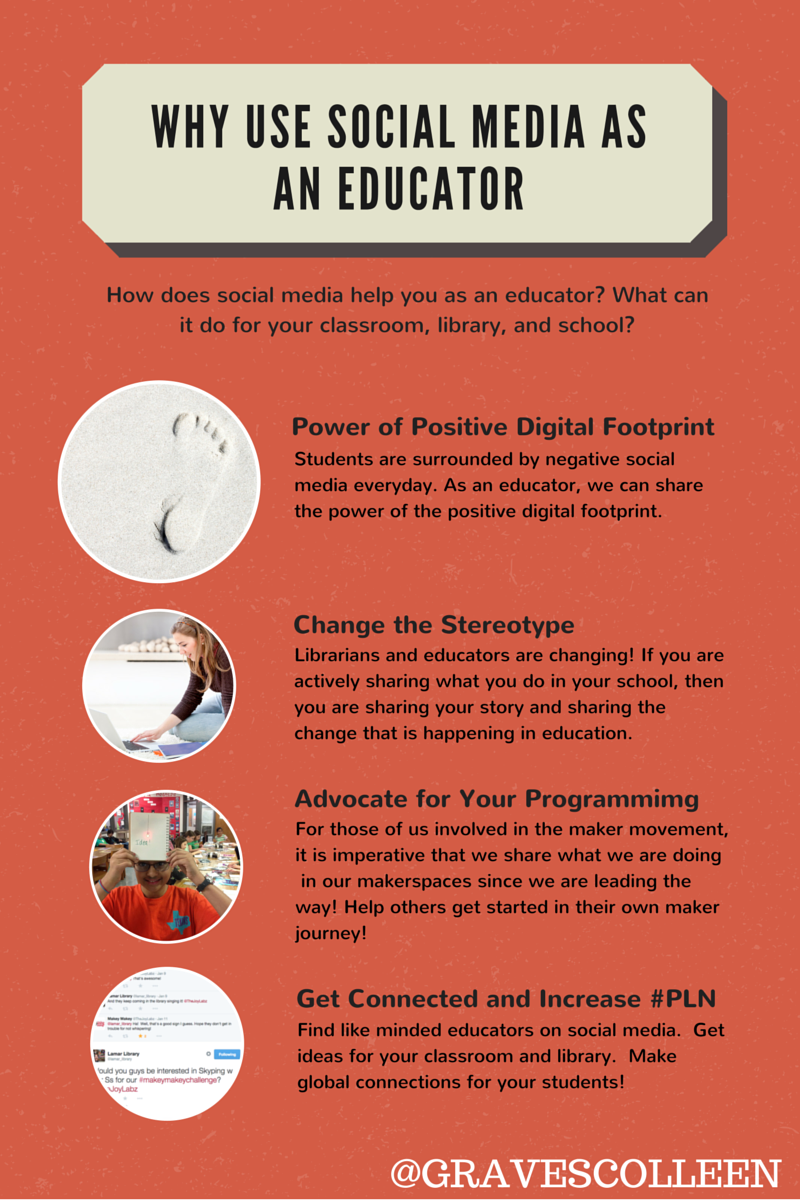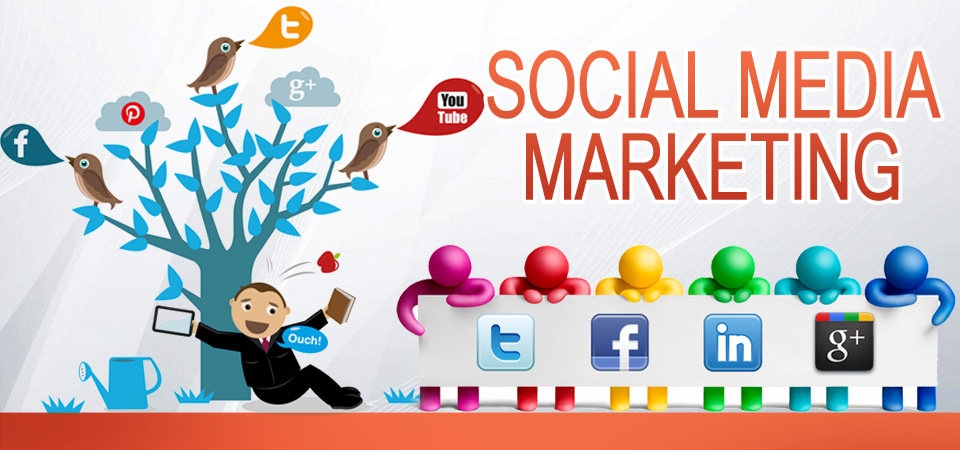
If your profile is made public, it's likely you will be shown advertisements for that product or service. There are some things you need to remember before you use social media for marketing. You need to ensure that advertisers do not have access your personal information. Individuals should be aware of the possibility that social media marketers could use their information to increase their sales. Second, managers need to invest in social networking in order build relationships with customers as well as send messages about their products.
Both pros and cons
Many benefits can be derived from using social media to market. It is a great tool to reach potential clients and almost every company uses social media to promote its business. There are downsides, however. It can be difficult to track social media, so it is possible that you don't know how much your sales have grown. But, there is a huge opportunity to build connections and social media marketing can help you do this.
Fake news could also be an issue. Fake news is more common than information posted by trusted sources. You could get negative feedback from former customers. Your brand's reputation can be damaged by users being able to share their opinions quickly. Users on social media may be tempted to post malicious content and try delegitimizing your company.
Metrics of success
You can determine whether your social media efforts are working by using the right metrics. Tracking how many people have clicked on your links and viewed your content will allow you to see if the campaign has been successful. You can measure this using either an all-in one program or native channel analysis. Here are the most popular metrics that you can use to analyze social media campaigns.

Volume: Another important metric to track is the volume and quality of conversations about your brand. This shows how much people are interested in your brand, and how frequently they are discussing it. It's worth noting that people tend to talk about what they like and dislike, and rarely discuss topics that they don't. It might be time to add a conversion metric to your social analytics if you're creating more conversation than usual.
Ethics
The ethical use social media platforms has become an increasingly important part of marketing. These platforms offer opportunities for new strategies, but they can also create legal problems. But ethical use can reduce the risk. These are some things to remember:
Social media ethics should be considered when you are choosing your marketing strategy. You should not be too ambitious, but you must be honest with your potential customers. Before you begin a marketing campaign, be sure to inform your customers about any possible risks. Your message must be understood by your target audience. It is unlikely that most of your customers will respond to marketing campaigns that make them uncomfortable.
Create original content for social media
It can be challenging to create original content on social networks for marketing. Social media marketing is different from traditional marketing, where a company's content is focused on making customers purchase its products or services. You must tailor your content to the needs of your target audience to be successful in social media marketing. Social media managers might not have the resources or time to create high-quality content for many reasons. Sometimes they're overwhelmed with tasks and don't have time to dedicate hours to creating high-quality content.

Unique experiences give people the ability to create engaging content. Every year, thousands flock to the most visited destinations. Not every visitor will have the same experience, so it's vital to share these experiences. You'll be able to create more memorable posts and increase your engagement by doing this. For a visual element to your posts you can make your own photos and videos. Incorporate as many visual elements as you can, and experiment with different formats and content types to find the one that works best for you.
FAQ
What is strategic Content Marketing?
Content Marketing is the art of creating valuable content for others to share across channels. It is all about giving people what you want. The most successful companies are those who understand this.
Strategic Content Marketing gives you the ability to provide exactly what your clients need at precisely the right time.
It is important to understand what people care about, and to listen to their thoughts. Then you have to create high-quality content that answers their questions and solves their problems. This creates trust and loyalty that will ensure you are there when they need you.
What is the best Content Management platform?
There are many platforms today. Each one has its pros and cons. Here are a few popular options:
-
WordPress is easy to set up, manage and maintain. A great community of users.
-
Wix – It's easier than WordPress to setup and maintain. No technical knowledge is required.
-
Squarespace is the best choice for those already having a site.
-
Blogger – Free blogging service
-
Medium - A place to share your work.
-
Instagram - An image-based platform.
-
LinkedIn - A networking tool.
-
Facebook – A social network.
-
YouTube - Video sharing platform.
-
Pinterest – Image-based platform.
-
Google Analytics – Track visitor behaviors.
-
Hubspot: Email marketing software.
-
MailChimp is an email marketing software.
Is Content Marketing right to me?
Absolutely! It works for all types of businesses. No matter whether you sell products, provide support or offer training, creating content can help customers get to know your company better and keep them in touch.
Statistics
- According to our research, 65% of companies with very successful content marketing in 2021 ran content audits at least twice a year. (semrush.com)
- An example of an overarching goal could be: "In 2022, we want to achieve a 20% increase in revenue created by organic content and generate 15,000 MQLs with a budget of $30,000." (semrush.com)
- Progress indicators (0–100%) allow each team member to see how attainable each goal is and understand what remains to be accomplished. (semrush.com)
- According to research compiled by Coschedule: Companies that publish 16+ blog posts a month get as much as 3.5x as much traffic as those that publish 0-4 posts a month. (criteo.com)
- We found that 40% of businesses don't have a documented strategy yet. (semrush.com)
- Content marketing produces 3X more leads per dollar spent. Content marketing costs 62% less than traditional marketing. (criteo.com)
- This marketing strategy landed Ford a 15.4% conversion rate. (neilpatel.com)
- To further show the importance of this, 89% of people have stopped doing business with a company because of a poor experience. (neilpatel.com)
External Links
How To
Informationgraphic creation tips to help with content marketing
Infographics are one of the most effective ways to explain complex concepts simply, making information easy to understand. Content marketing aims to provide useful and valuable information to your target audience, so you should consider using infographics to help spread this message.
To create an infographic, Adobe Illustrator or Photoshop is required. These programs can be used to create different shapes and elements that represent your data. Then, you can add colors and fonts to make it look great. Once you are happy with your design, you can upload images to Unsplash and Pixabay for your design.
Online infographics can be a great source of inspiration. A picture of a food Pyramid could be used to show how many calories each food has. You could also look at the sugar content of soda pop, and then take a photo of a Coke bottle.
After you have created your infographic, it can be shared through social media channels such as Facebook and Twitter. This will make it easier for people who don't know the concept to get familiar with it. You can include hashtags in your infographic if you want to share it on social media. Hashtags enable users to follow along in conversations related to specific topics.
If you decide to create an infographic, try making your posts shorter than usual. An average blog post is between 2000 and 5000 words, while an infographic takes 500 to 1000 words. You can communicate more information in less space.
Remember that not all viewers can read small font sizes when designing an infographic. It is important to use large fonts and avoid relying too heavily on colors when designing your infographic. Also, make sure that all your text is legible.
These are additional tips:
-
Use an infographic template. There are many free templates available online and in printable formats. Canva (Piktochart) and Google Slides (Google Slides) are some of the most requested templates.
-
Your Infographic is ready. Create your infographic using the template. You can use whatever media is most appropriate for your audience. For example, creating an infographic about the best places to eat in Seattle might choose photos of local restaurants.
-
Add text. Add text to your infographic once you have it created. You can use Microsoft Word, PowerPoint or Canva to add text.
-
Add images. Add images to your infographic. You can add images to your infographic. If you wish to include a picture, ensure it is relevant.
-
Make It Interactive. You can also add interactive elements such buttons, maps, links, and other features. This will allow you to engage your audience.
-
Share. Share your infographic after you're done.
-
Measure. Do you know how well your infographic performed? Did people click on your website? Did they sign up to your email list? Was their reaction to the infographic?
-
Improve. Is there anything you can do to improve your infographic Are you able to do it better the next time?
-
Repeat. Repeat.